Maurice Wade. 1917 - 1991. '........dream and actuality'
A few months ago at a local country auction, a painting came up for sale which quickened the pulse and demanded closer inspection. It was of a northern industrial scene painted in stark, hard-edged tones of black, white and grey. Not self-consciously quirky, sentimental or nostalgic, as much art seems to be in the "Northern School" of painting, it possessed a stillness and serenity which I found intoxicating. After staring into the picture for a minute or two, I looked on the backboard and saw that its title was "Fowlea Brook, Longport" and was painted in 1962 by Maurice Wade. So we were not quite in the North after all but in Arnold Bennett country; the towns and boroughs of the Potteries. A few weeks later, with the help of an old address and telephone number, I made contact with Maurice Wade's widow and after seeing more of his wonderful paintings, an exhibition was planned.
During several conversations with Mrs Wade, I learned that Maurice had had a strong desire to draw and paint from an early age but was prevented from fulfilling his artistic ambitions by the economic circumstances of the late thirties and the more rigid social conventions of the time which often stifled ambition in the young and gifted. The Second World War brought about a twelve year exile from his home town and Maurice did not return to North Staffordshire until 1951. Had he not done so, he would never have discovered the necessary visual material and atmosphere which helped him to evolve a very personal style of expression. He could see and feel the ethereal and melancholic nature of this quiet and neglected landscape bordering the Trent and Mersey Canal which seemed to glimpse, and be accepting of its post-industrial future. On a simple level, these paintings of kilns, mills and huddled houses, often reflected in the tranquil canal waters, were recording the future past, but like Hammershoi's grey Copenhagen facades and Hopper's Cape Cod cottages, they tell us something about our own lives and of our own place in the world. Posterity, rightly, is the true judge of greatness and one day, Maurice Wade will, I'm sure, take his place in the pantheon of great British painters of the twentieth century.
David Powell
"In answer to the question as to why I paint in the way I do, employing mostly a hard formalism with an emphasis on geometrical shapes and sombre-toned colours, I would say that in this way I am best able to interpret the particular character of the situation.
I insist that a work should have structural purpose and be strong in design and colour. I feel that man has no place in these pictures.
It is sufficient if one can convey, over and above the evident stillness, the presence of a human sensibility, a real meaning, a glance other than that reflected in the water of the canal-scapes. I endeavour to produce a painting which will reveal a personal reality more realistic than the most exact reproduction and in some strange way, the works exhibit a combined element of dream and actuality".
Maurice Wade
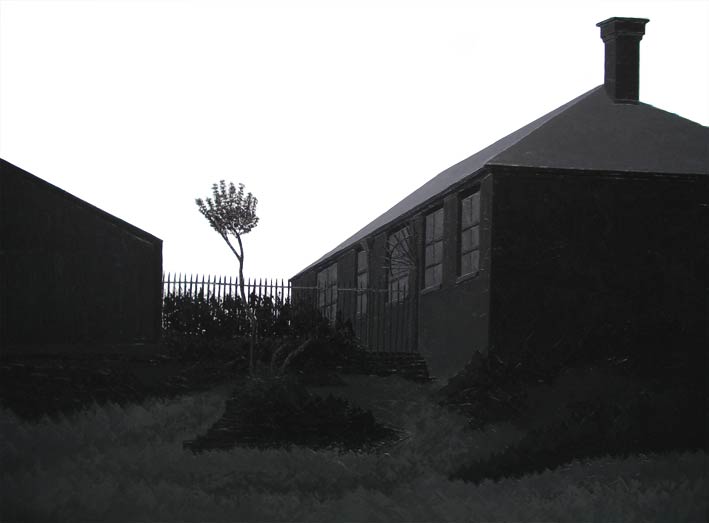 SOLDPrivet Tree, (Burslem).
SOLDPrivet Tree, (Burslem).
1972.
24"x34". Oil on board.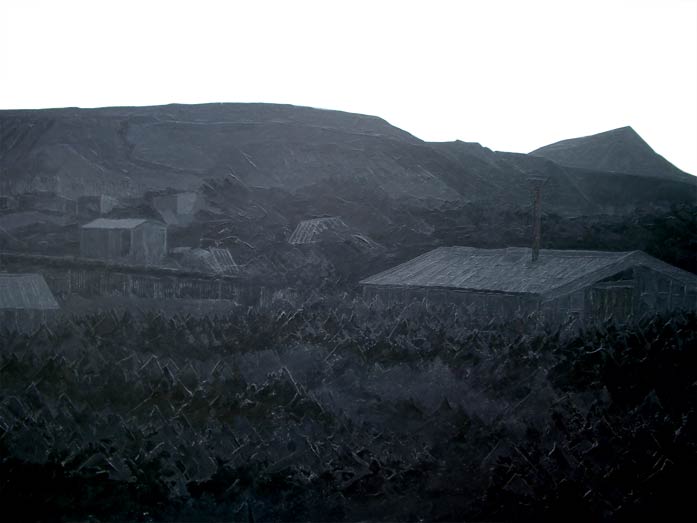 SOLDReclamation Area, (Burslem).
SOLDReclamation Area, (Burslem).
1972.
24" x 36". Oil on board.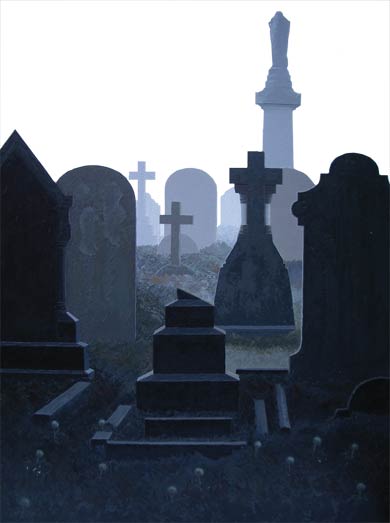 SOLDHeadstones, Dalehall.
SOLDHeadstones, Dalehall.
1985.
32"x24". Oil on board.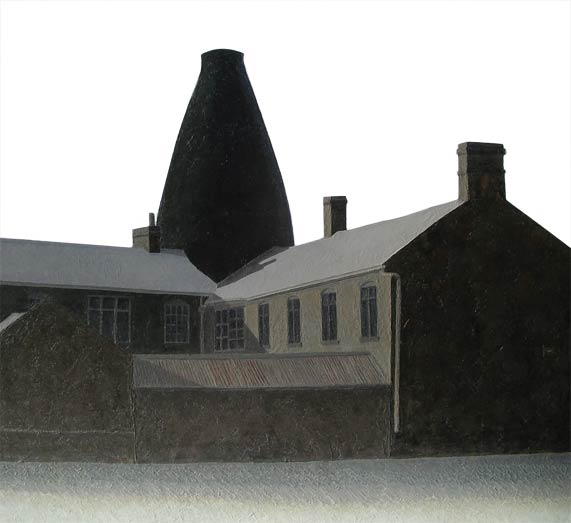 Disused Pottery Kiln, (Hanley).
Disused Pottery Kiln, (Hanley).
1991.
24"x24". Oil on board.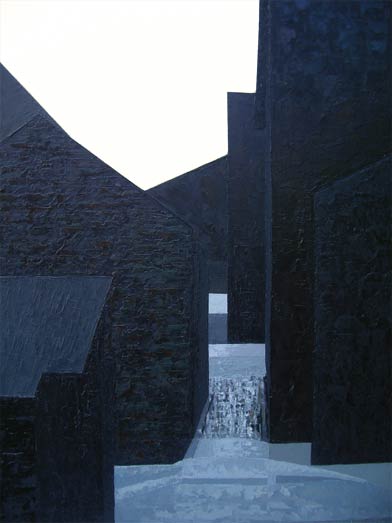 Narrow Alley.
Narrow Alley.
1964.
32"x24". Oil on board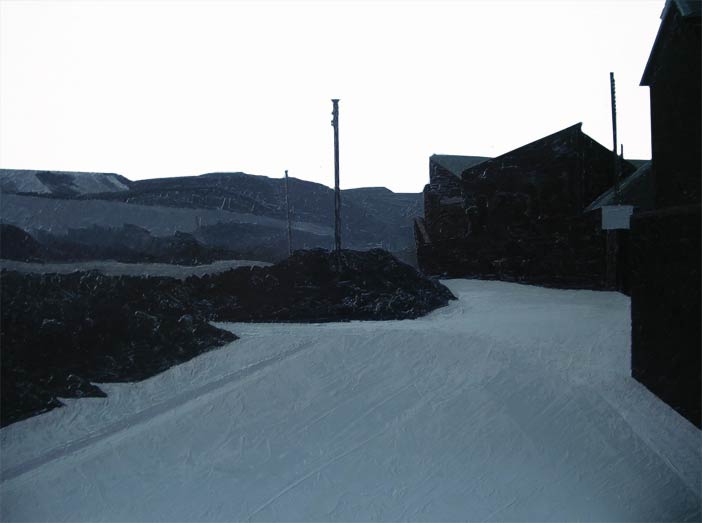 Grange Fields.
Grange Fields.
1961.
24"x36". Oil on board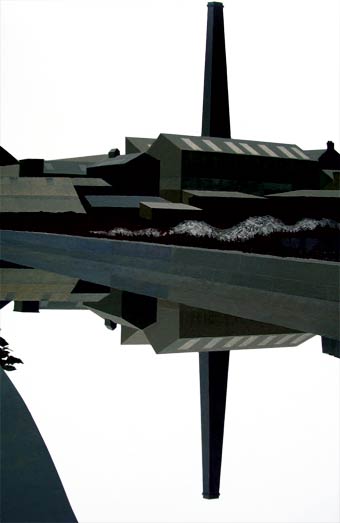 Untitled.
Untitled.
36"x24". Oil on board.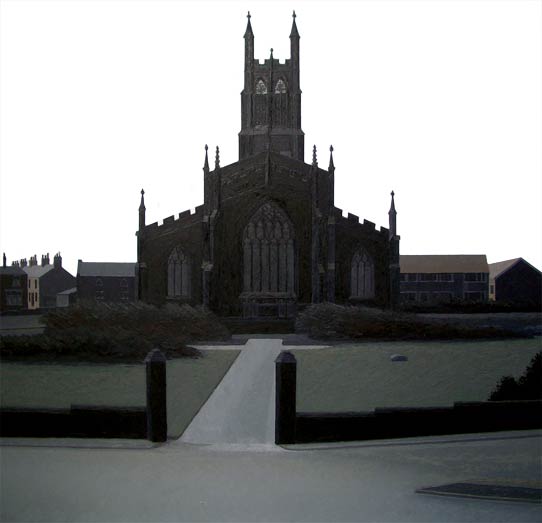 Old St. Paul's, Dalehall, (Burslem).
Old St. Paul's, Dalehall, (Burslem).
1985.
26"x27". Oil on board.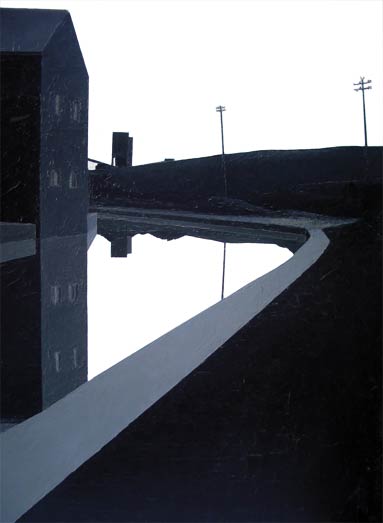 Canalside Walk, (Longport).
Canalside Walk, (Longport).
1971.
32"x24". Oil on board.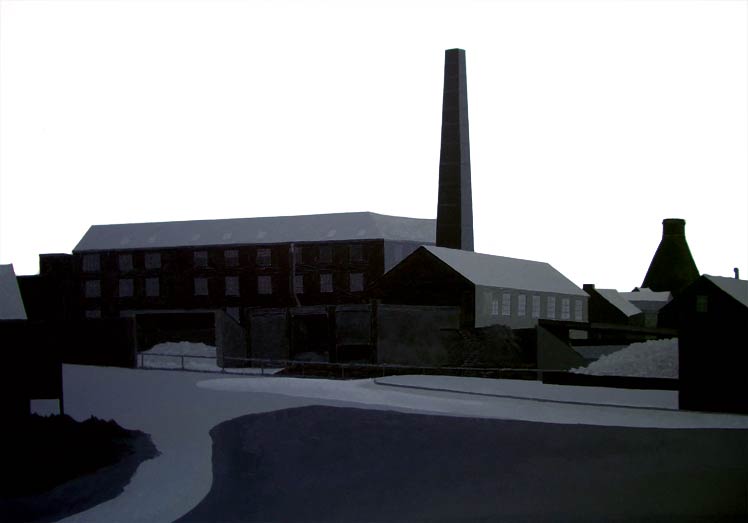 Pottery at Longport.
Pottery at Longport.
1976.
24"x36". Oil on board.